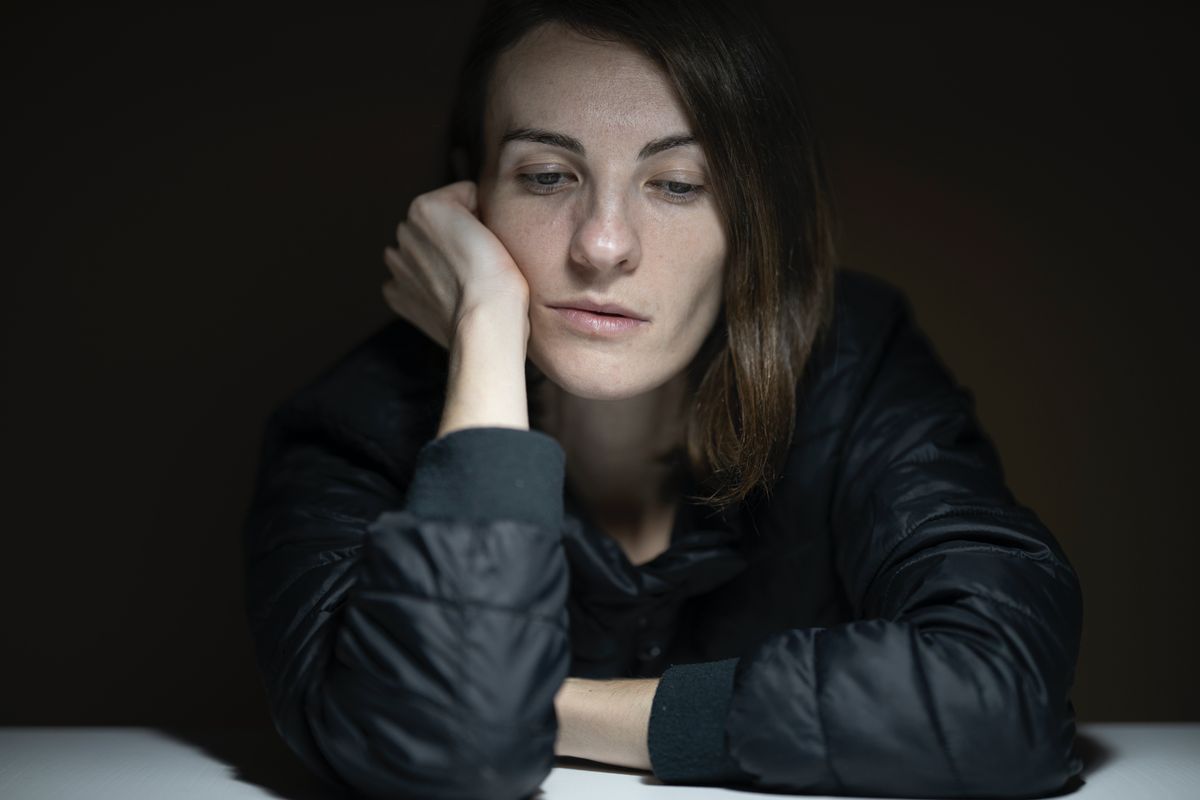Depression and anxiety – new research looks into the link between them
If someone experiences a mental illness, they might end up dealing with the symptoms of more than one condition.

A few minutes every morning is all you need.
Stay up to date on the world's Headlines and Human Stories. It's fun, it's factual, it's fluff-free.
If someone experiences a mental illness, they might end up dealing with the symptoms of more than one condition. When it comes to anxiety and depression, these two often end up co-occurring, so, in other words, people experience both at the same time.
An anxiety disorder is usually characterized as frequent and intense worry and fear about everyday situations, often involving episodes of sudden hysteria known as panic attacks. These feelings of worry and fear can impact a person’s ability to perform daily activities. Major depression, on the other hand, is usually characterized as a steady feeling of hopelessness and misery, making it hard to perform daily activities and self-care and to enjoy hobbies and social events. Both anxiety and depression can range in seriousness, and both can be managed using treatments like counseling and medication.
What do anxiety and depression have to do with one another, though?
“It’s a cycle,” explains Sally R. Connolly, LCSW and therapist. “When you get anxious, you tend to have this pervasive thinking about some worry or some problem. You feel bad about it. Then you feel like you’ve failed. You move to depression.”
People with anxiety disorders have a higher chance of getting depression than those without existing anxiety. And almost half of those who suffer from major depression also deal with severe anxiety. And the symptoms of the disorders can trigger one another. Sometimes, genetics influences these disorders.
Recently, researchers published a new study in the Journal of Psychiatric Research on the neural patterns of depression and anxiety to get a better idea of the activity in our brains that occur when someone experiences depression and anxiety symptoms. The researchers looked at data from over 20,000 individuals. The participants were put into four groups – those with current anxiety symptoms, current depressive symptoms, combined anxiety and depressive symptoms and a control group with no symptoms. The researchers then measured the brain activity of individuals in each group.
With the measurements, researchers found neural differences between anxiety and depressive symptoms. Based on the results, it looks like there are distinct patterns of brain activity for those who suffer from anxiety symptoms but none for people with just depressive symptoms alone. But, more research is still needed to fully understand the intricate relationship between anxiety, depression and brain function.




Comments ()